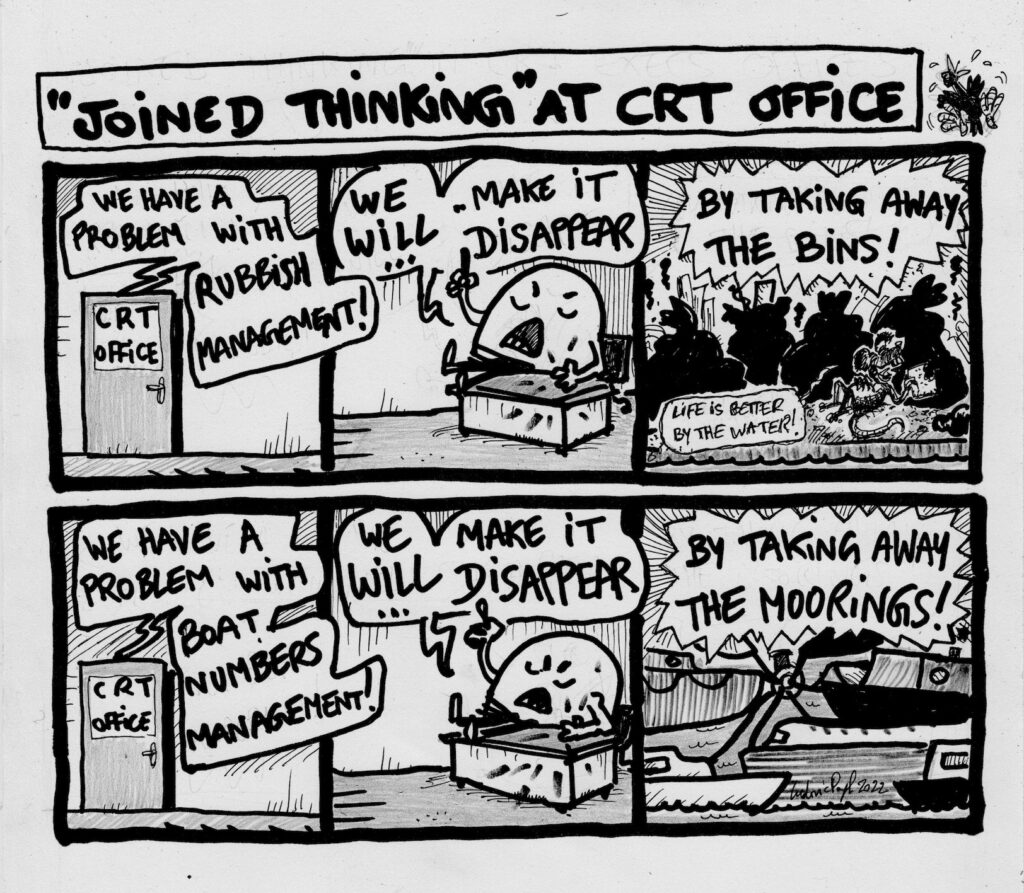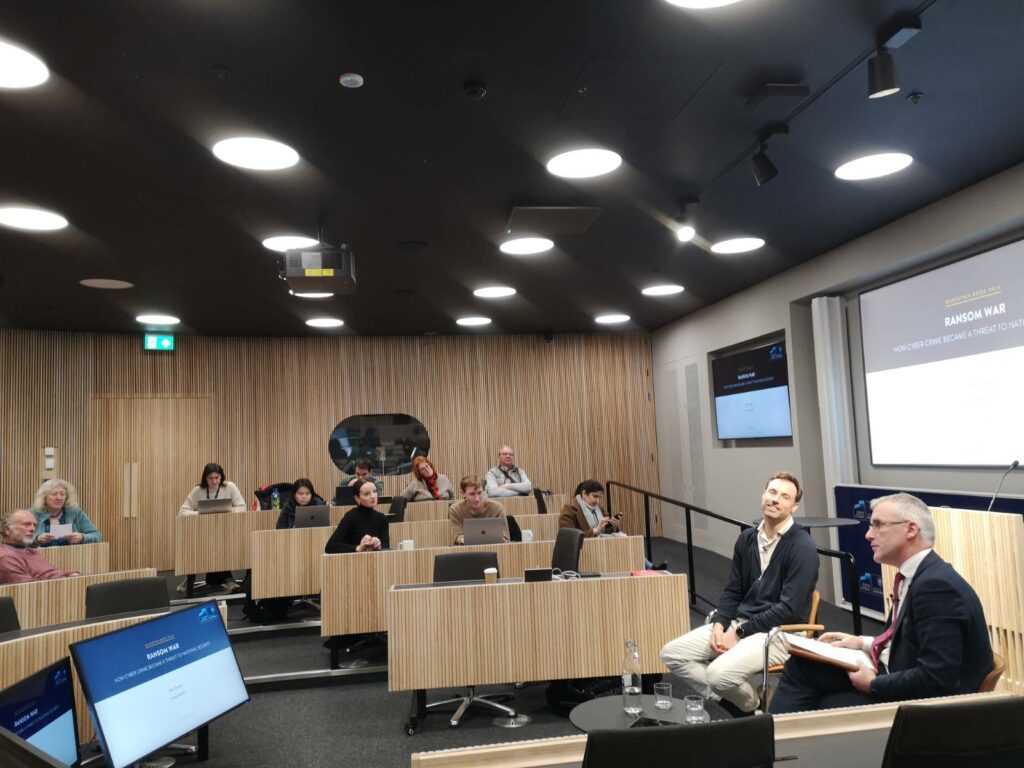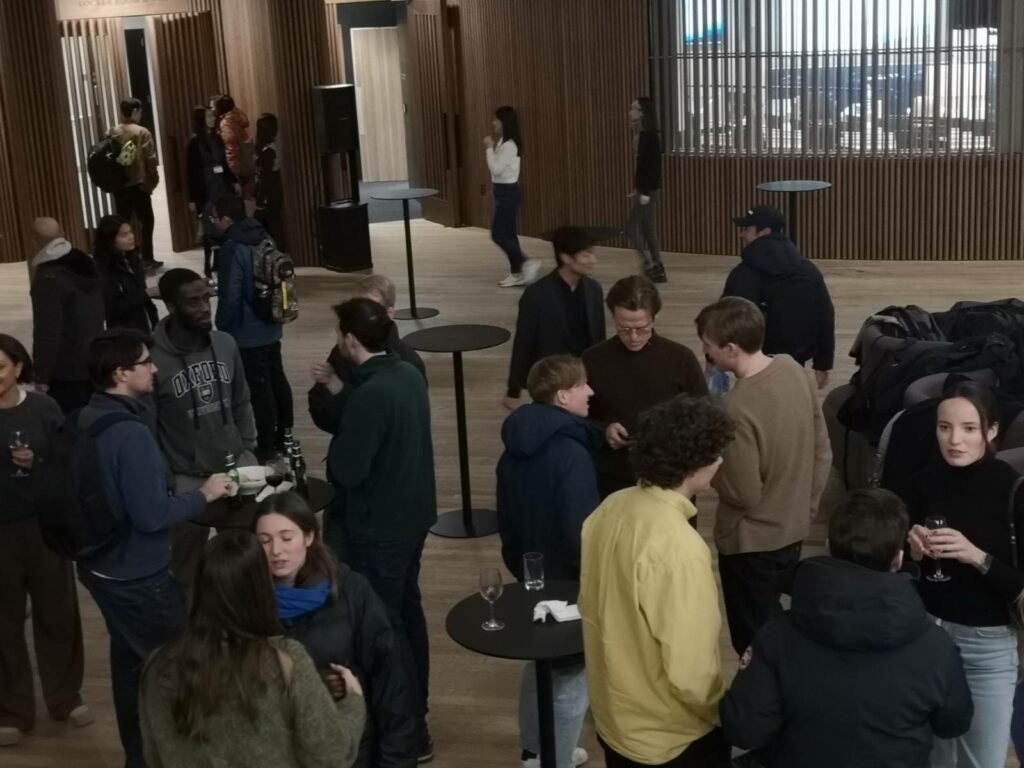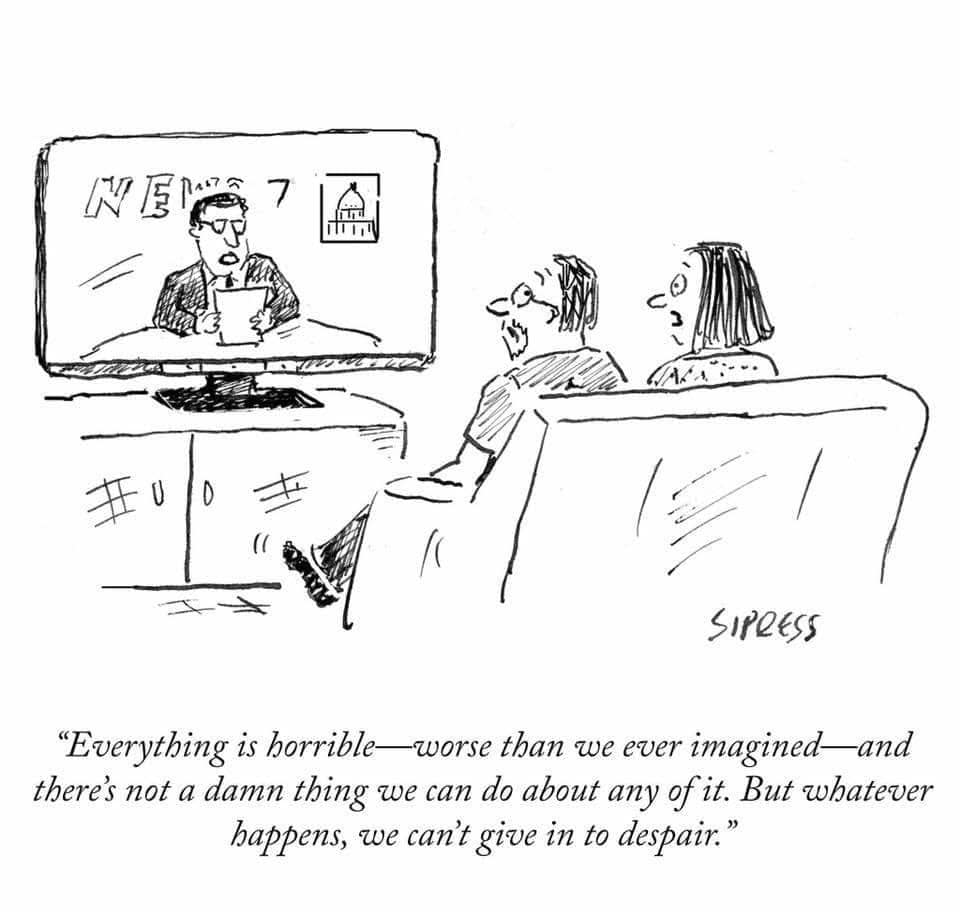The new #mainstreaming right-wing crew has become adept at hijacking the language of liberation and twisting it for control. They steal words like “freedom,” “community,” and “resilience,” stripping them of their radical roots and turning them into tools for reactionary agendas. Meanwhile, the left, caught in cycles of internal purity politics and endless critique, fractures itself, leaving a vacuum the right eagerly fills.
It is a mess, but messes can be composted. The dig to strip away the parasitic layers, the influencers, the NGOs, the careerists who feed off this while subverting collective growth. These actors “thrive” on propping up a fragile sense of self, this messy path feeds division and spectacle, not solidarity. And as the mental health crisis worsens under #climatechaos and late-stage capitalism, people grasp for identity and belonging in the most toxic places.
We need radical care as well as radical action. The parasite class is fuelled by a deep void, a lack of purpose, a craving for significance. If we don’t build healthier collectives, people will keep falling into the black holes of conspiracy and #mainstreaming cultish thinking. The #openweb can be a sanctuary, a place to grow shared meaning, but only when we consciously design it to prioritize human connection over endless noise.
I wonder: how do we create spaces where broken people can heal, rather than becoming weapons of the right? Can we build digital commons that feel like home, where people can work through their pain without being consumed by it, collective care and unwinding the knots of individual trauma is a #fluffy part of activism. What do you think? Is it possible to compost the mess and nurture the people tangled within it? Or do we need a more fire-and-brimstone approach to burn away the rot, I start to only half joke.

The invisible core of the struggle. The way online spaces, especially in decentralized networks like the #Fediverse, handle conflict is tangled up in this tension between safety and open debate. The #fluffy vs. #spiky debate, between care-driven, consensus-seeking approaches and more confrontational, radical tactics, has always been part of activist culture. Trying to erase that debate in the name of safety is simply sterilizing the very dynamism that fuels real change.
If we strip out the “debate” part, we’re left with a hollow shell, a fragile, performative “safe space” that can’t actually withstand the pressures of the real world. But if we lean too far into spiky confrontation without care, we lose people who could grow into stronger comrades. It’s a balancing act, and yes, the co-option of “safety” by both NGO logic and reactionary forces has made this even more toxic.
The “parasite class” being taken out of context is a perfect example of this mess, people react to language without digging into the underlying ideas. The real question is whether we can metabolize within the chaos, compost the mess and care for the people lost in it, instead of just cutting them off. The #openweb needs friction to evolve, but it also needs trust to survive. There is a strong need to resist the impulse to sanitize the #openweb into submission. The #ActivityPub space, growing from the #fluffy side, has an embedded bias toward conflict avoidance, but that can be dangerous, because it leaves the system vulnerable to slow, creeping co-option. Safety shouldn’t mean silencing necessary struggles.
The consensus should be this: safety is built through collective care, not the absence of conflict. The #openweb should be a space where people can disagree loudly without fear of exile, where the friction of ideas sharpens the collective purpose, and where care is an active, ongoing process, not a bureaucratic rule set.





